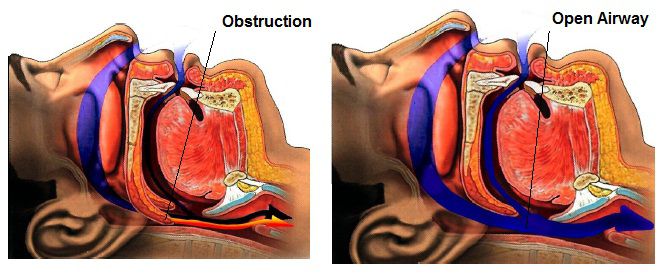Whatever the reason, some patients have given up on continuing PAP treatment altogether. But just because they put away their PAP mask, doesn't mean that their apnea is gone as well. As an alternative to PAP treatment, you can recommend a dental device as a possible option that can help treat obstructive sleep apnea (OSA) in some patients.
How do oral devices work for sleep apnea treatment?
CPAP (Continuous Positive Air Pressure) therapy is still the most prescribed therapy option for reducing apnea symptoms, but there are many different sleep apnea treatment options (like BiPAPTM) that are readily available to patients.
However, even with all of the options and advances in PAP therapy, some people are still unable to tolerate any kind of PAP due to discomfort (before you nod your head in agreement, we recommend that you check our list of remedies for common CPAP problems).
How do oral appliances treat sleep apnea?
Oral appliances, fit by qualified dentists, are an alternative treatment for many patients who can't use or don't want to use PAP therapy. They come in many different designs, but for the most part, they are usually custom made. The main purpose of the dental device is to keep the airway open during sleep, thereby preventing it from collapsing and blocking the normal flow of air during breathing.
Dental devices are not meant to be a substitute for PAP therapy for most patients, and they should be treated as an appropriate backup plan.
A study published in the European Respiratory Journal found that dental appliances were effective therapy and significantly improved patients' sleep apnea. And additional research confirmed oral appliance effectiveness, but in all studies, CPAP therapy still was determined to work the best in treatment of obstructive sleep apnea as long as the patient was compliant.

The two most general categories of dental devices can be broken down into:
- Mandibular (lower jaw) advancing devices
- Tongue retaining devices
3 things apnea dental devices do to treat sleep apnea symptoms:
- Hold the airway open by bringing the lower jaw slightly forward.
- Hold the tongue in such a manner that it is prevented from falling backwards during sleep, causing airway obstruction.
- Or doing both of these actions simultaneously.
Pros of Sleep Apnea Dental Appliances
-
Effectively works for those who travel a lot or want to have a non-generator option for camping.
-
Great for using in conjunction with PAP therapy, especially for those who really need PAP therapy, but require very high pressures for it to be effective. In such a case, the patient might receive an oral appliance to be worn with their PAP therapy. With an oral appliance keeping the jaw from falling backwards during sleep and closing the airway, the PAP pressure doesn't have to be as high to keep the airway open. The resulting lower pressure can make a huge difference in the comfort of PAP therapy.
-
May be more cost effective than CPAP devices. Most of the time, oral appliances are covered by medical insurance, including Medicare and Medicaid, especially if you already tried PAP therapy and it was covered by your insurance.
Cons of Sleep Apnea Dental Appliances
-
Uncomfortable to wear.
-
Less effective at treating severe obstructive sleep apnea.
-
May cause problems with the temporomandibular joint.
-
Must be custom fitted.
-
May cause an excess of saliva (particularly tongue retaining devices).
As a sleep technologist, you may come across patients who have given up on making CPAP work for them as a treatment option. But the bottom line is that their sleep apnea needs to be treated, and the good news is that they have options.